 |
 |
 |
| |
NGM282 Significantly Improves Markers of Bile Acid Synthesis, Hepatic Injury and Fibrosis in PSC Patients: Results of a Phase 2, Multicenter, Randomized, Double-Blind, Placebo-Controlled Trial
|
| |
| |
Reported by Jules Levin
EASL 2018 April 14 Paris France - International Liver Congress
Gideon M. Hirschfield, Olivier Chazouilleres, Joost P.H. Drenth,
Douglas Thorburn, Stephen A. Harrison, Charles A. Landis,
Andrew J. Muir, Marlyn J. Mayo, James F. Trotter, Morten A. Karsdal,
Mark A. Jaros, Lei Ling, Kathline Kim, Stephen J. Rossi,
Ransi M. Somaratne, Alex M. DePaoli, Ulrich H.W. Beuers
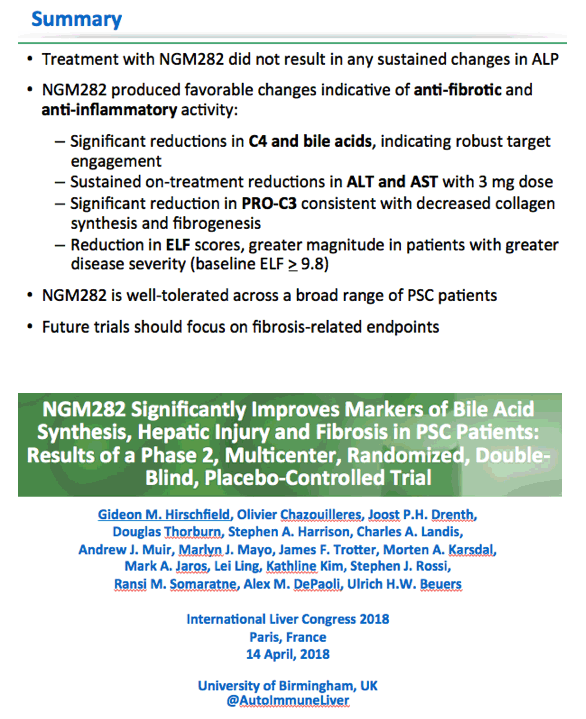
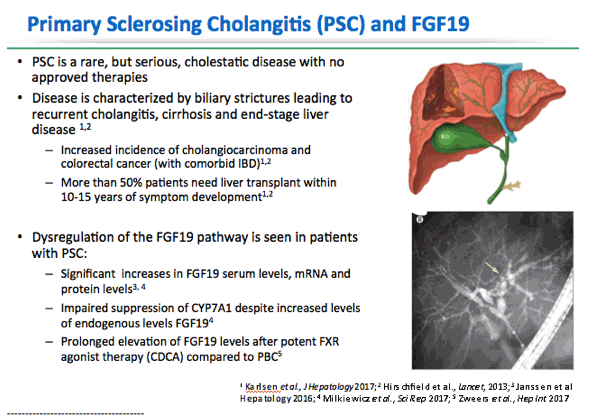
--------------------------------------
added by Jules:
https://en.wikipedia.org/wiki/Primary_sclerosing_cholangitis
Primary sclerosing cholangitis (PSC) is a long-term progressive disease of the liver and gallbladder characterized by inflammation and scarring of the bile ducts which normally allow bile to drain from the gallbladder. Affected individuals may have no symptoms or may experience signs and symptoms of liver disease such as yellow discoloration of the skin and eyes, itching, and abdominal pain.
The bile duct scarring which occurs in PSC narrows the ducts of the biliary tree and impedes the flow of bile to the intestines. Eventually, this can lead to cirrhosis of the liver and liver failure. PSC increases the risk of various cancers including liver cancer, gallbladder carcinoma, colorectal cancer, and cholangiocarcinoma.[1][2] The underlying cause of PSC is unknown. Genetic susceptibility, immune system dysfunction, and abnormal composition of the gut flora may play a role.[3][4] This is further suggested by the observation that approximately 75% of individuals with PSC also have inflammatory bowel disease (IBD), most often ulcerative colitis.[5]
There is no effective medical treatment for primary sclerosing cholangitis. The most definitive treatment for PSC is a liver transplant but it can recur after transplantation.[1] Few people affected by PSC require a liver transplant.
PSC is a rare disease and most commonly affects people with IBD.[2] Approximately 3-7.5% of people with ulcerative colitis have PSC and 80% of people with PSC have some form of IBD.[3] Diagnosis usually occurs in younger people in their 30s or 40s.[3] Individuals of Northern European ancestry are affected more often than people of Southern European or Asian descent.[2] Men are affected more often than women.[6] The disease was initially described in the mid-1800s but was not fully characterized until the 1970s with the advent of improved medical imaging techniques such as endoscopic retrograde cholangiopancreatography (ERCP).[6]
--------------------------------------------
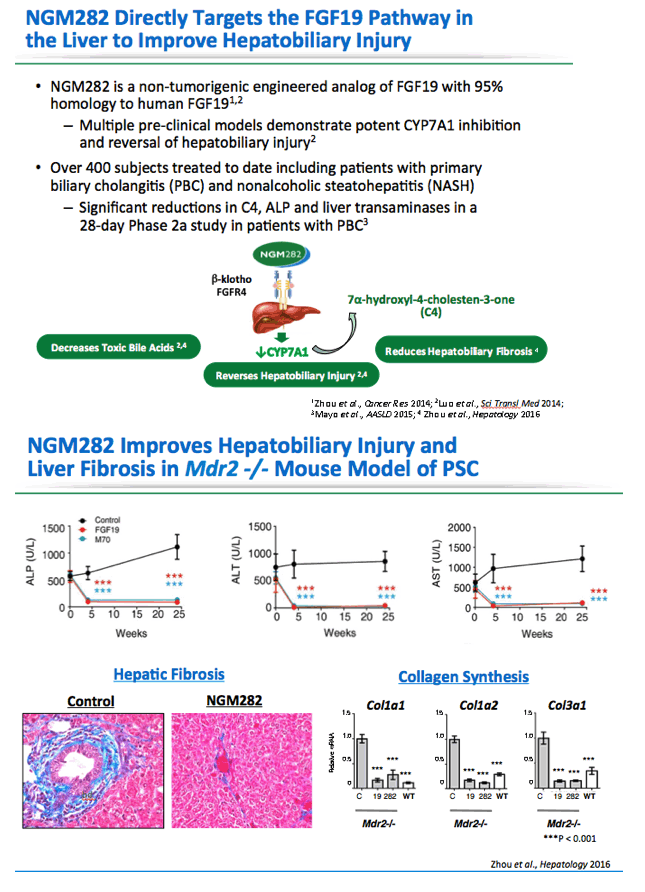
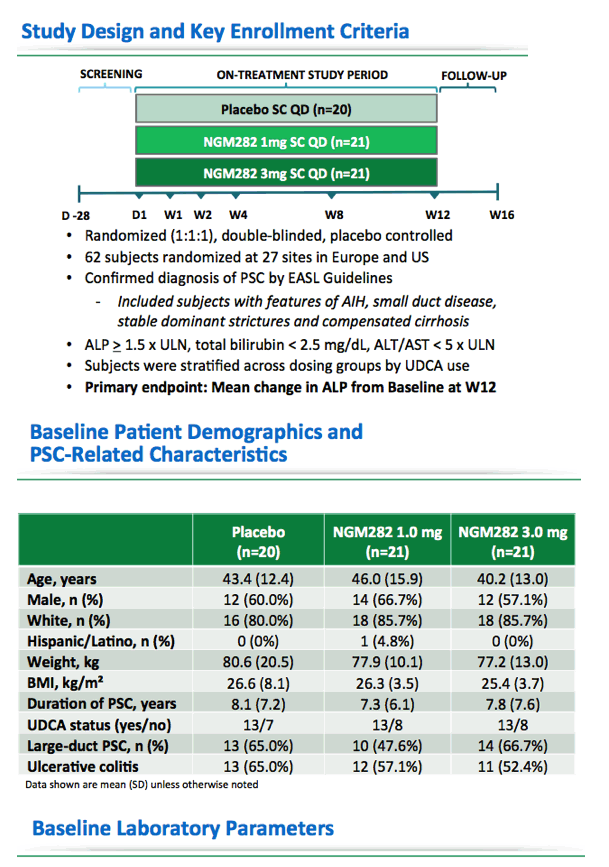
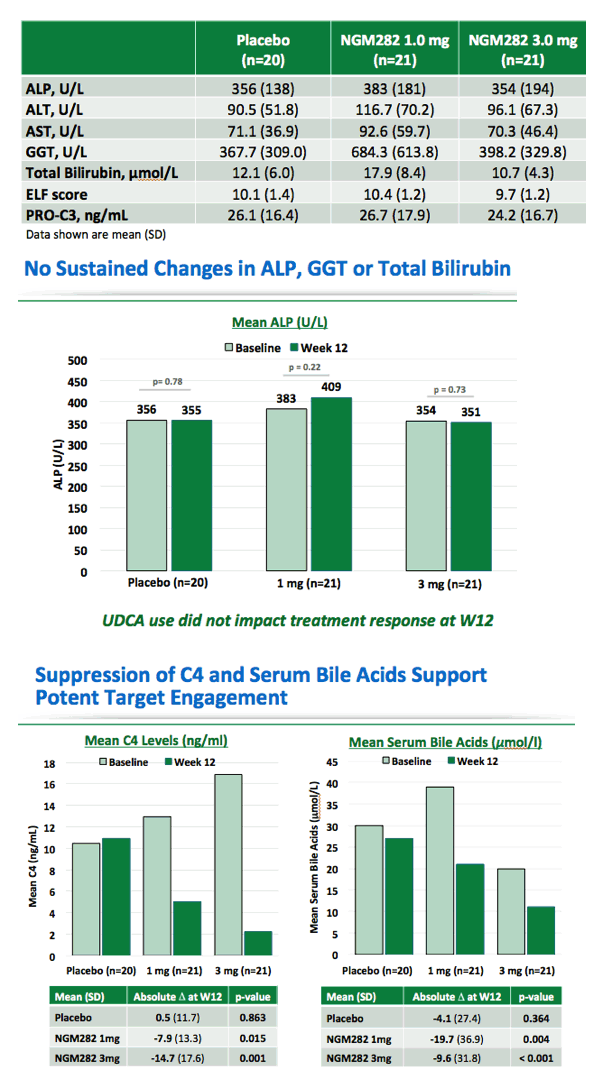
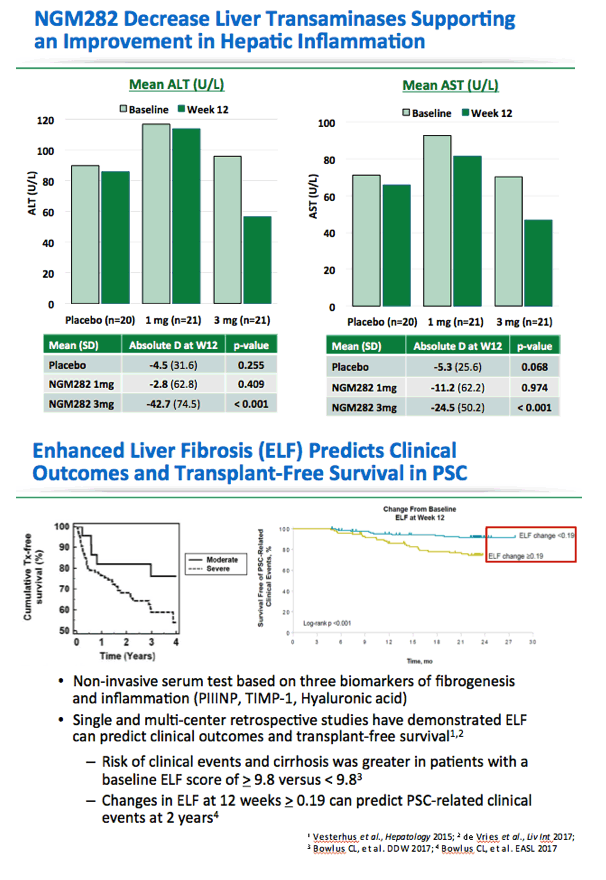
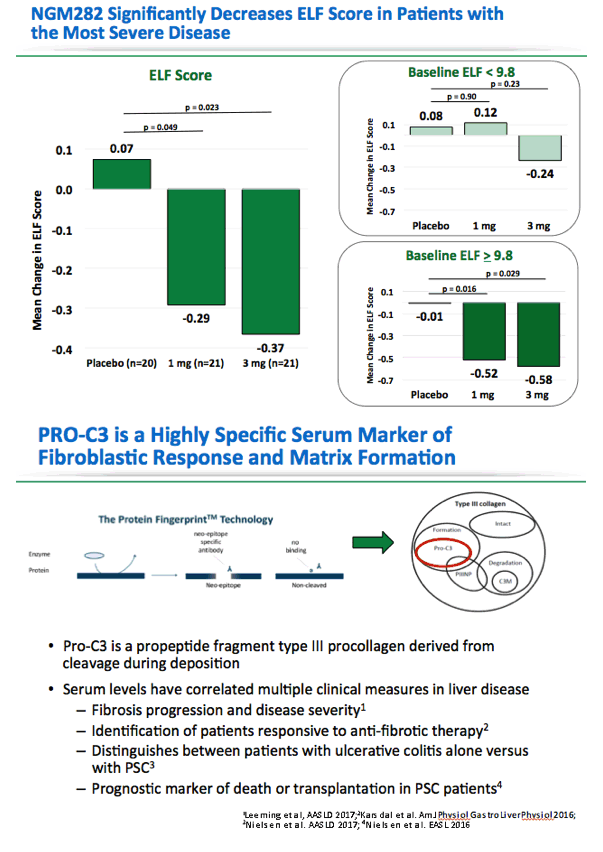
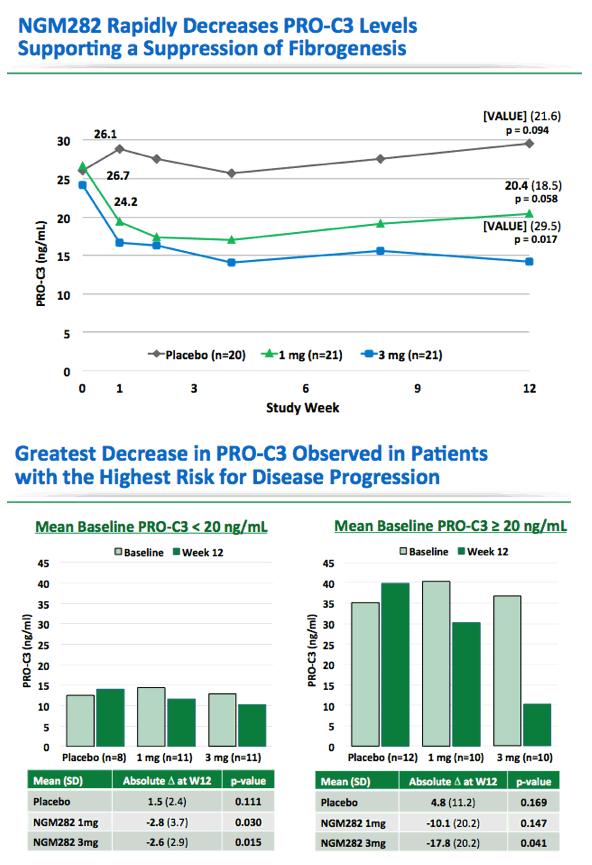

|
| |
|
 |
 |
|
|